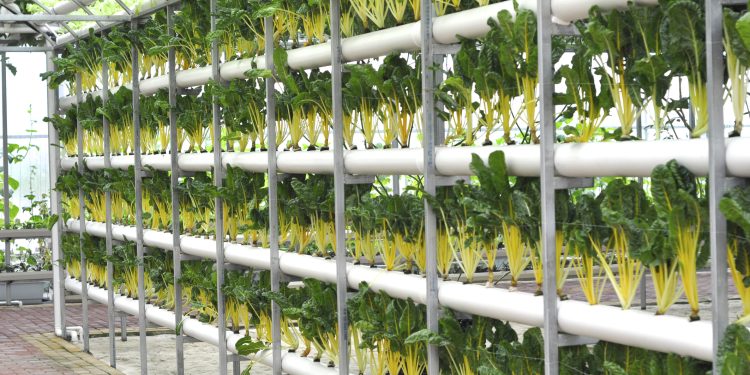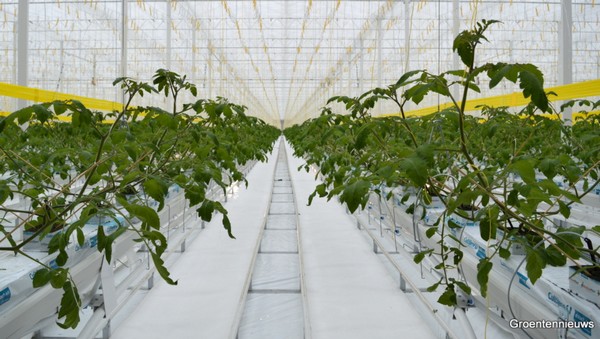Vertical farming, a method of growing crops indoors in stacked layers, has been hailed as a potential solution to the challenges of food production in the face of climate change. However, as the industry matures, it has hit a “trough of disillusionment,” with some startups struggling and investors becoming more cautious. While some companies claim to have found profitability through methods like growing in soil or automated greenhouses, most vertical farms in the US are still far from profitability. Some investors believe the economics of vertical farming make the most sense in the Middle East, where outdoor growing is impractical and consumers pay high prices for imported greens. However, the industry may still hold promise as a means of producing food indoors in the face of climate disruptions.
As noted by the article from Fast Company, the vertical farming industry is facing a difficult period. Many startups have failed, and investors are becoming more cautious. The economics of the industry are still challenging, with most vertical farms in the US still a long way from profitability. However, some companies have claimed to have found profitability through methods like growing in soil or automated greenhouses. While the industry is facing challenges, it may still hold promise as a means of producing food indoors in the face of climate disruptions. As climate change continues to disrupt traditional outdoor farming, the ability to grow crops indoors could become increasingly important.












